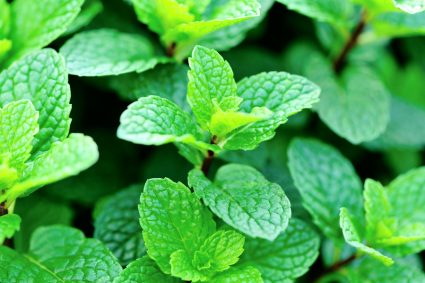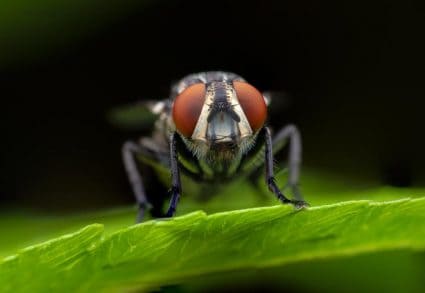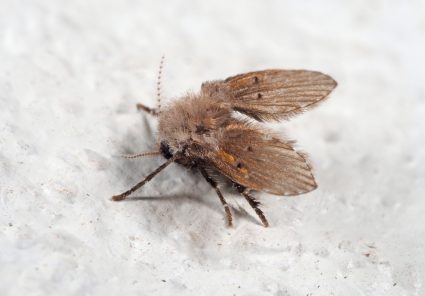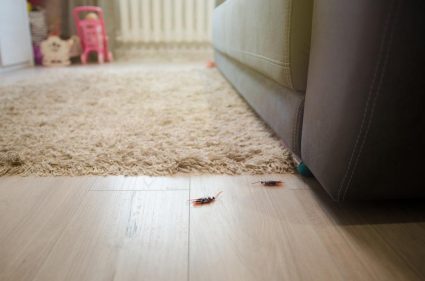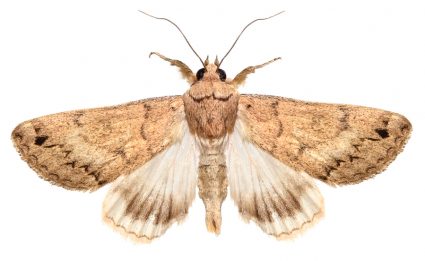
Indoor plants can bring a touch of nature into your home, but they can also invite unwanted guests: indoor plant flies, also known as fungus gnats. These tiny pests can be a nuisance, but there are effective ways to control and eliminate them. This comprehensive guide will walk you through the causes, signs, prevention, and treatment of indoor plant fly infestations.
To get rid of indoor plant flies, or fungus gnats, avoid overwatering your plants and ensure good drainage to prevent creating a breeding ground for these pests. Use preventative measures like diatomaceous earth, yellow sticky traps, and neem oil. If infestation occurs, try natural remedies like a hydrogen peroxide solution, vinegar traps, or cinnamon powder. If these steps are not enough, consider using chemical pesticides like Bacillus thuringiensis subsp. israelensis (Bti) or pyrethrins.
What Causes Indoor Plant Flies?
Fungus gnats are attracted to moist environments, and their larvae feed on decaying organic matter in soil. Overwatering your plants, leaving organic debris in the pot, and having poor drainage can all contribute to a gnat infestation. In addition, the presence of fungi in the soil, which can also be caused by overwatering or poor drainage, can attract these pests.
Signs of Indoor Plant Flies
If you notice small black or brown flies hovering around your plants or running over the soil surface, you may have a fungus gnat problem. Other signs include a cloud of tiny flies lifting off the soil when the plant is disturbed or slime trails on the soil surface.
Prevention Measures for Indoor Plant Flies
Preventing an infestation is always easier than dealing with one. Here are some preventative measures you can take:
- Avoid overwatering: Let the top inch of the soil dry out between waterings.
- Provide good air circulation: A fan can help blow flying insects away from your plants.
- Use diatomaceous earth: Sprinkle this natural insecticide on the soil when it’s dry.
- Inspect plants regularly: Look for signs of pests and take action immediately.
- Use yellow sticky traps: These can help catch adult gnats.
- Use natural pesticides: Neem oil can control and eliminate common houseplant pests.
- Maintain cleanliness: Keep the area around your plants clean of decaying plant material.
Natural Remedies to Get Rid of Indoor Plant Flies
If you do end up with an infestation, there are several natural remedies that can help:
- Hydrogen peroxide solution: A mixture of hydrogen peroxide and water can kill gnat larvae.
- Vinegar trap: Apple cider vinegar mixed with a few drops of dish soap can attract and trap adult gnats.
- Cinnamon powder: Sprinkling this on the soil surface can eliminate the gnats’ food source.
- Sand or gravel mulch: This can prevent gnats from laying eggs in the soil.
- Yellow sticky traps: These can catch adult gnats.
- Neem oil: This natural pesticide can control and eliminate common houseplant pests.
- Baking soda: This natural fungicide can eliminate the gnats’ food source.
- Diatomaceous earth: This natural insecticide can kill gnats by damaging their exoskeletons.
- Chamomile tea and cinnamon: These natural fungicides can kill off the gnats’ primary food source.
- Lavender oil: This can repel fungus gnats.
Using Chemical Pesticides for Indoor Plant Flies
If natural remedies are not enough, you can resort to chemical pesticides. Bacillus thuringiensis subsp. israelensis (Bti), pyrethrins or pyrethroid insecticides, insecticidal soap, and imidacloprid are all effective choices. However, always follow the product’s label instructions and take necessary precautions to ensure safety.
Steps to Take If Infestation Persists
If the infestation continues despite treatment, you may need to isolate the affected plants, reassess your treatment methods, improve your watering habits, use a physical barrier, introduce beneficial insects, use insecticides, and possibly repot the plants with fresh, sterile potting soil.
Indoor Plants Prone to Fly Infestations and How to Protect Them
Certain houseplants like African violets, geraniums, carnations, cyclamens, and poinsettias are more prone to infestations. To protect these plants, inspect new plants before bringing them home, avoid overwatering, regularly remove dead leaves and decaying plant matter, use a soil cover, employ yellow sticky traps, use natural remedies like neem oil, and regularly inspect indoor plants for signs of pests.
Cleaning and Maintaining Your Indoor Plants
To prevent fly infestations, avoid overwatering, regularly inspect indoor plants for pests, prune your plants, maintain proper plant care, use natural pest control methods, and keep your plants clean.
By following these steps, you can ensure your indoor plants stay healthy and free from annoying indoor plant flies. Happy gardening!
Frequently Asked Questions
How long does it take to get rid of indoor plant flies?
The time it takes to get rid of indoor plant flies can vary depending on the severity of the infestation and the methods used. Generally, with consistent treatment, you should see a significant reduction in the number of flies within a week or two.
Can indoor plant flies harm my plants?
While adult fungus gnats are mostly a nuisance, their larvae can harm plants. They feed on plant roots and organic matter in the soil, which can stunt plant growth and lead to yellowing of leaves. In severe cases, it can even kill small seedlings or weak plants.
Can indoor plant flies infest other areas of my home?
Yes, indoor plant flies can move to other areas of your home, but they are most commonly found near houseplants. The larvae require moist soil to survive, so they are unlikely to infest areas without houseplants.
How often should I use natural remedies like neem oil or diatomaceous earth?
The frequency of use can depend on the severity of the infestation. For a mild problem, applying these remedies once a week may be sufficient. For a more severe infestation, you may need to apply them every few days. Always follow the instructions on the product packaging.
Can I use these methods to prevent indoor plant flies even if I don’t currently have an infestation?
Yes, many of these methods can be used as preventative measures. Regularly inspecting your plants, avoiding overwatering, and using natural repellents like neem oil or diatomaceous earth can help keep indoor plant flies at bay.



